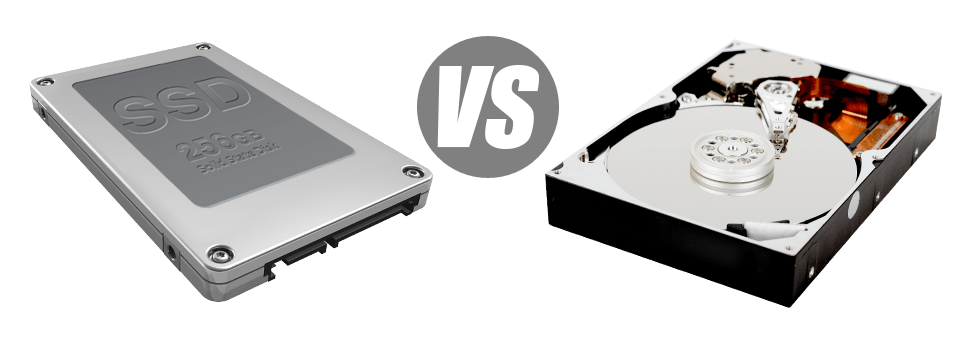For decades there seemed to be a single reputable path to store information on a laptop – utilizing a hard disk drive (HDD). Nevertheless, this kind of technology is by now expressing it’s age – hard disk drives are really noisy and slow; they can be power–ravenous and are likely to generate lots of warmth throughout intense operations.
SSD drives, in contrast, are extremely fast, consume significantly less power and are far less hot. They feature a new way of file accessibility and data storage and are years in front of HDDs regarding file read/write speed, I/O efficiency and also energy effectivity. Observe how HDDs fare against the more recent SSD drives.
1. Access Time

Resulting from a radical new method of disk drive operation, SSD drives allow for noticeably faster data file access speeds. Having an SSD, file accessibility instances tend to be lower (as little as 0.1 millisecond).

The technology powering HDD drives goes all the way to 1954. Even though it has been considerably enhanced through the years, it’s nonetheless no match for the inventive technology driving SSD drives. Using today’s HDD drives, the very best data access speed you can achieve varies in between 5 and 8 milliseconds.
2. Random I/O Performance

Resulting from the brand new revolutionary data storage solution incorporated by SSDs, they give you a lot quicker file access rates and speedier random I/O performance.
For the duration of our lab tests, all of the SSDs showed their ability to deal with at the least 6000 IO’s per second.
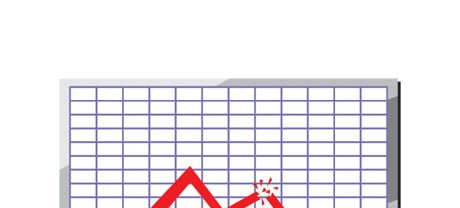
With an HDD drive, the I/O performance progressively raises the more you use the hard drive. Even so, right after it extends to a particular limitation, it can’t proceed swifter. And due to the now–old technology, that I/O restriction is a lot less than what you could get with an SSD.
HDD are only able to go as much as 400 IO’s per second.
3. Reliability

SSD drives are made to include as fewer moving parts as feasible. They use a comparable technology to the one used in flash drives and are also significantly more reliable rather than regular HDD drives.
SSDs have an normal failure rate of 0.5%.
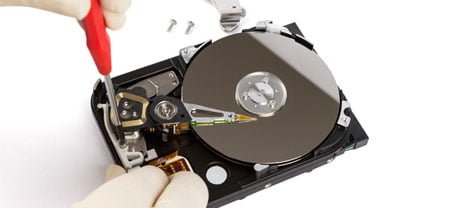
For an HDD drive to operate, it should rotate a couple of metal hard disks at over 7200 rpm, having them magnetically stabilized in mid–air. They have a wide range of moving components, motors, magnets and other tools jammed in a small space. Consequently it’s no surprise that the normal rate of failure of an HDD drive can vary in between 2% and 5%.
4. Energy Conservation
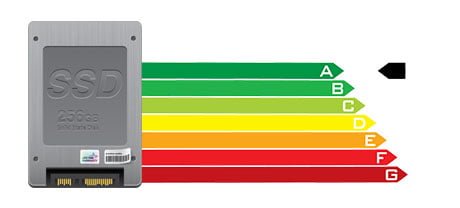
SSDs do not have moving elements and require little or no chilling power. Additionally they need not much power to perform – tests have indicated they can be operated by a regular AA battery.
As a whole, SSDs take in amongst 2 and 5 watts.
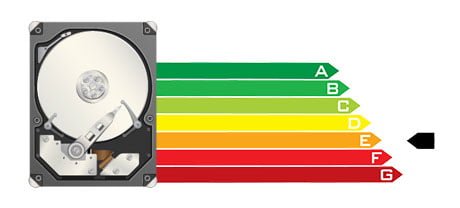
From the moment they were constructed, HDDs have always been really power–greedy systems. And when you have a server with numerous HDD drives, this tends to raise the per month power bill.
Typically, HDDs take in between 6 and 15 watts.
5. CPU Power

SSD drives permit better data accessibility rates, which generally, consequently, allow the CPU to complete data requests much faster and afterwards to return to other duties.
The regular I/O hold out for SSD drives is exactly 1%.
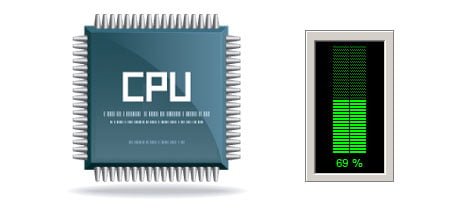
HDD drives accommodate slower access rates compared with SSDs do, resulting in the CPU needing to hang on, whilst saving assets for your HDD to find and return the required data file.
The common I/O delay for HDD drives is just about 7%.
6.Input/Output Request Times

It is time for some real–world illustrations. We, at DWS Web Hosting, produced a detailed system backup with a hosting server using only SSDs for data storage purposes. In that operation, the normal service time for an I/O call stayed below 20 ms.

In comparison to SSD drives, HDDs provide substantially sluggish service rates for I/O calls. In a web server backup, the regular service time for an I/O call can vary between 400 and 500 ms.
7. Backup Rates

Discussing back–ups and SSDs – we have witnessed a significant enhancement in the backup speed since we turned to SSDs. Today, a regular web server backup requires solely 6 hours.

Alternatively, on a server with HDD drives, a comparable backup can take 3 to 4 times as long to complete. A complete backup of an HDD–equipped server normally takes 20 to 24 hours.
Our VPS Web Hosting services along with our typical Cloud Linux Hosting accounts offer SSD drives automatically. Join our DWS Web Hosting family, to check out the way we can assist you revitalize your site.
Service guarantees
Register now. There are no setup fees and you will have full root access to the server. 99.9% network uptime is guaranteed.
Compare our prices
Take a look at our pricing and decide on the best website hosting service for your personal or company websites. You can upgrade to a more feature–rich plan with simply a click of the mouse.
Contact Us
Contact us 24x7x365 by email or by using DWS Web Hosting’s extra–fast ticketing system. Our technicians are going to answer all of your requests in up to 60 minutes.
